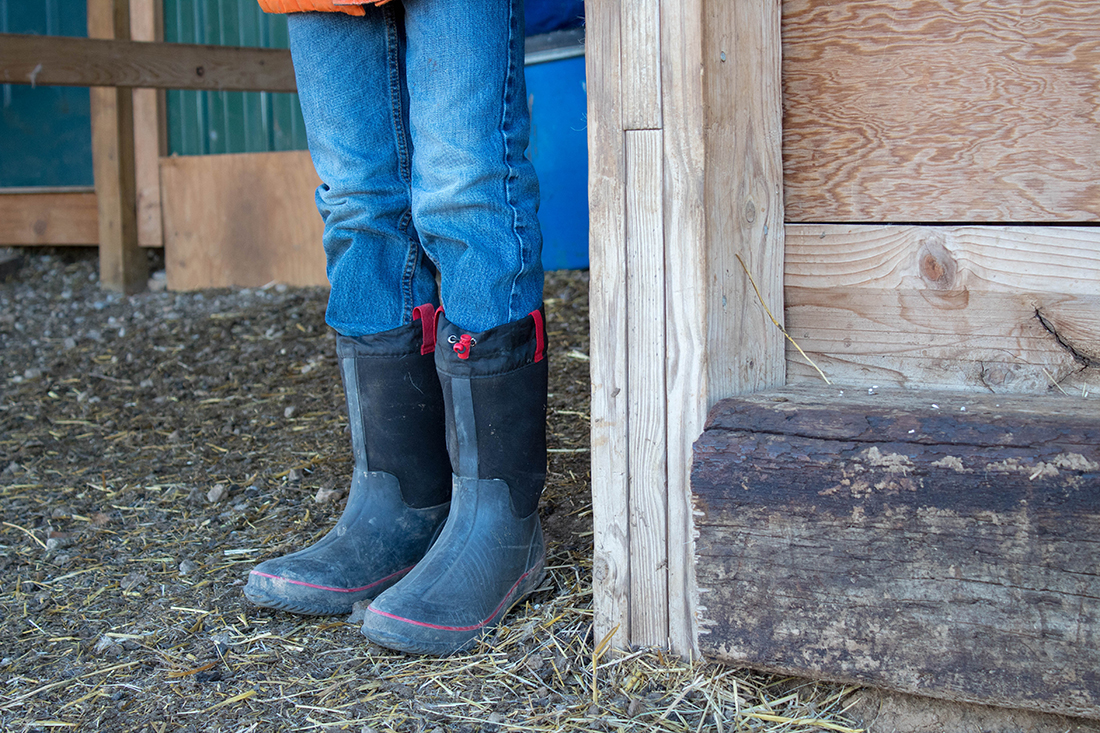A new public engagement process hopes to identify jobs too dangerous for young workers.
“Stakeholders and the public can review and comment on a proposed framework that outlines the types of jobs that could be defined as hazardous and unsuitable for young workers,” the BC Ministry of Labour says in a statement announcing the survey, which opened April 21 and runs through June 10.
The survey results will build on work to date aimed at aligning BC’s child labour laws with those of other provinces and the international community.
Prior to new rules pass in 2019, BC was the only province in Canada where youth as young as 12 could be legally employed and their injuries covered by WorkSafe BC.
New rules that took effect last year raised the minimum working age from 12 to 16, and identified certain jobs as “light work” suitable for youth aged 14 to 15, with parental permission. This includes hand-harvesting produce on farms.
Children as young as 12 may be employed to work on a family farm or at a farm business owned by an immediate family member, according to a program expert at the BC Ministry of Labour, “provided that the work does not involve the specified elements that make the work unsafe for children.” Such elements include repairing, maintaining or operating heavy machinery; lifting, carrying or moving heavy items or animals; and using, handling or applying hazardous substances, such as pesticides.
But if youth are “simply performing a chore,” then the regulation doesn’t apply.
The current survey proposes age limits for two types of work environments often found on farms, confined spaces and abattoirs.
According to the province, abattoirs had some of the highest injury rates per 1,000 of any sector at 15.7. This was nearly as dangerous as tree-fallers at 19.9.
The survey also invites respondents to list other work of concern.
AgSafe BC recommends that farm employers refer to the Canadian Agricultural Safety Association guidelines for young workers when in doubt about the kind of work youth should be assigned.
“Younger workers are generally more at risk for workplace injury or illness, primarily because they are less experienced,” says AgSafe executive director Wendy Bennett.
When giving responsibilities or assigning tasks to a younger worker, AgSafe recommends considering their age, ability and maturity level to determine what activities are appropriate.
In addition, Occupational Health and Safety regulations require employers to give a health and safety orientation to each new and young worker before they begin work in a workplace. This orientation should also be task-specific.


 Fruit tree protocols reviewed
Fruit tree protocols reviewed